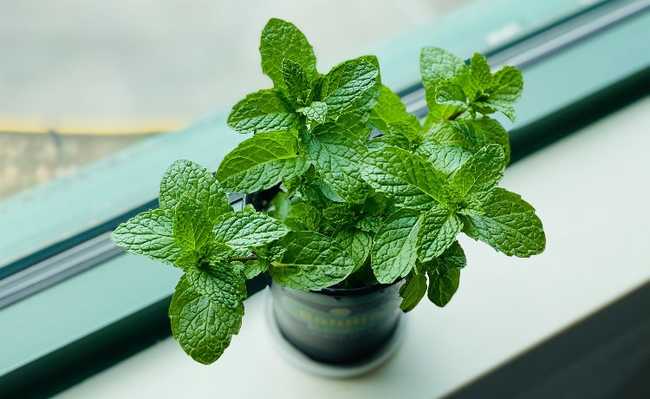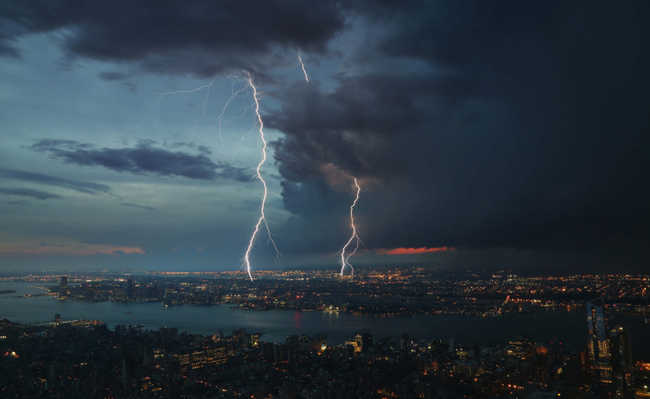Cantareira System water level is already 30% lower than in 2017
Reservoir is operating with 47.2% of capacity - percentage in 2017 was 67.7%. Current volume is lower than in pre-crisis 2014

Image: Cantareira System in 2014.
The most important water supply reservoir in the city of São Paulo currently operates with 47.2% of its total capacity. This volume, which does not include the so-called dead volume reserve (triggered in the 2014 and 2015 water crisis), is considered by regulatory bodies as a "state of attention", already close to the "alert".
At the end of May last year, after a long rainy season, Cantareira had 67.7% of its total capacity. This year, with an accumulated rainfall of just 13.7 mm in May, the level is worrying - the average expected rainfall was 78.6 mm. The current scenario is similar to what preceded the crisis of 2014 and 2015, since at the end of May 2013 the accumulated rainfall volume was also low, at only 10.4 mm compared to an expected total of 83.2 mm. The volume of the system as a whole, however, was at 59.3% as of May 25, 2013.
On the Sabesp (state-owned São Paulo supply company) website, it is possible to monitor the situation of the springs that supply the region of São Paulo on a day-to-day basis. Between May 2013 and May 2014, with a sequence of less rain than expected, especially in high summer, the volume of Cantareira increased from 59.3% at the end of May 2013 to 8.2% on 15th of May 2014. On the 16th of that month, the first technical reserve of the so-called dead volume was activated.
Professor Pedro Luiz Côrtes, from USP's Environmental Science Program (Procam) and coordinator of the International Network for Environmental Studies, said in an interview to UOL that the current scenario could indicate a harbinger of crisis. He analyzes that the Southeast region is likely to have a severe drought period, as indicated by rainfall data throughout 2017 and early 2018.
A sequence of months in which it rained less than expected, with successive drops in the Cantareira System level, reinforces the concern that a new crisis may be on the way. The ideal, says the professor, would be to enter the dry period with an operating volume between 60% and 70%, "so that we could be more relaxed".
Sabesp considers "normal" the operating volume with more than 60%; between 60% and 40% is "attention", passing to "alert" between 40% and 30%. From 30% to 20%, there is already talk of "restriction" and with less than 20% the "special" state starts. For now, Sabesp says there is no reason to worry. Still, do your part and practice conscientious water consumption.
It is possible to consult detailed information on the water level and rain catchment in Cantareira and also in other supply systems in the state of São Paulo on the Sabesp website.








